Theterritory of Daghestan and Chechnya was freed from the Bolsheviks and powerpassed to the Mountaineer Government. Turkish forces let by Col. Ismail Haki-bey, together with Azerbaijani units and others from the North Caucasus, began an attackagainst the Denikin-led Armed Forces of White Russia. Ismail-pasha was sent toDaghestan and Chechnya, while Shukri-bey went to the Terek and Kuban regions.However, as a result of the defeat of the German bloc in World War I and thewithdrawal of the Ottoman Empire from the war in November 1918, Turkish forceshad to quickly leave the territory of Daghestan and the South Caucasus.In these conditions, an independent Mountaineer Republic was proclaimed at ageneral assembly of representatives of the peoples of Daghestan and Chechnya.
According to the representative of the Azerbaijan Republic to the Mountaineer Republic, A. Akhverdov, there were no political parties in the latter, which onlyfeatured national fractions instead, such as the Ingush, Chechen, Kumyk, and thelike; and the majority of the members of the Union Council were spiritual leaders andinfluential people. [7]A delegation of the Mountaineer Republic, together with the Azerbaijani delegation,set off for the Paris Peace Conference in January 1919 to seek internationalrecognition. However, the White Army occupied Chechnya and Ingushetia.
Thesenior commander of the units of the Volunteer Army in the Caucasus, Maj.Gen.Shatilov, sent the Azerbaijani Government a letter on February 13, 1919, in which heassured the latter about the voluntary nature of the subordination of these two North Caucasus regions to the Volunteer Army and about the introduction in these placesof self-administration. He consequently recommended that the MountaineerGovernment yield its authority given the lack of demand for it. The Chechen delegation visited the diplomatic representative of the Azerbaijan Republic in theMountaineer Republic, described in detail their republicÕs fight with the White Armyand declared that if it did not receive support, it would be forced to surrender sinceits supplies and materiel were near exhaustion.In his proclamation, Shatilov noted that the command of the Volunteer Army knewabout the preparation of the Azerbaijan Republic to support the Chechens with itsown forces and about the disinformation of the Chechens by statements that theWhite Army wanted to subordinate Chechnya to the Cossacks.
Regarding theCossacks, he gave assurances that the White Army intended to make peace with theChechens. [8] One should note that after the occupation of the Terek oblast byDenikinÕs army, a dubious attitude toward the events could be seen. The ChechenNational Council headed by Chulikov supported the appointment as ruler of ChechnyaVoluntary Army General Iris-Khan Aliyev. But part of the population of Chechnyaspoke out against the occupation of its territory by the White Army. On April 26, A.Kantemir, at the direction of the chairman of the Mountaineer Government P. Kotsev,sent the government of Azerbaijan and the allied command a note of protest againstthe actions of the White Army on the territory of Chechnya. The commander ofBritish forces in Petrovsk responded that Denikin would not continue his militaryactions and would make peace with the Chechens, Ingush, Balkars, and Osetins andawait the decision of the Peace Conference on the independence and borders ofstates formed on the ruins of the Russian Empire.
In exchange, he wrote, theMountaineer Government must allow the White Army to struggle against theBolsheviks on the territory of the Mountaineer Republic.Following the defeat of the forces of the Mountaineer Republic, a powerful uprisingled by the local spiritual leaders broke out in Chechnya and Daghestan. In hismemoirs, Denikin described this as follows: In its search for a way out, theMountaineer Parliament began to seek political union with Azerbaijan in the name of the defense of religion and the unique qualities of Daghestan The MountaineerGovernment continued its agitation and set to mountainous Chechnya small Daghestani units and Azerbaijani volunteers. [9] A. Akhverdov, in turn, was askingthe Azerbaijani Government to send Azerbaijani officers to provide help to theChechens, because Òthis could have a moral impact on those who are fighting.ÓAkhverdov also asked Baku to send a small unit toward Khasavyurt.
A detachmentunder the command of Kazim-bey was dispatched for the defense of the MountaineerRepublic. Representatives of the Ingush met with told Akhverdov that they had assembled a serious force and were preparing an attack from three sides:Ingushetia, Chechnya ad the Georgian military highways. According to Akhverdov, Òthe Chechens also were inclined to unite with Azerbaijan. It was particularlyemphasized that the head of the Noth Caucasus Emirate Uzun-Haji also called for joining with Azerbaijan. [10]
The White Army at that time was engaged in battles onthe territory of the Terek region, in particular in Ingushetia and in Chechnya. As iswell known, Denikin set as his main task the liquidation of all newly formedsovereign states and the restoration of a single and indivisible Russia.ÓFollowing the seizure of Gudermes station by Denikin, the English colonel Rowlandson officially declared to Chechen governor Col. Jafarov about the inclusionof the North Caucasus into the sphere of influence of the White Army and of Daghestan into the English sphere of influence. In response, a session of the inter-party commission in Baku adopted an appeal to the citizens of Azerbaijan in which itdeclared, In the North Caucasus, the freedom-loving mountaineers true to thebehest of their ancestors and the principles of freedom and independence of smallpeoples, is shedding blood in an unequal battle with the reactionary forces of Denikin and company it is the responsibility of every Muslim to provide help to the fraternalmountaineers in a timely fashion. The Inter-party commission set on the formationof an Azerbaijan Volunteer Detachment under the leadership of experienced officersto provide such help.Uzun-Haji, the head of the North Caucasus emirate, sought to achieve via thediplomatic channels of Georgia and Azerbaijan recognition of his monarchy by theworld powers. He asked Akhverdiyev to convey from him a message of greetings tothe Azerbaijani government.
In the middle of May 1919, it was reported that UzunHaji, together with Akhverdov, was getting ready to come to Baku for talksconcerning Chechnya. However, it appears that he sent as his representatives thebrother of Mogamed Efendi Dibir-Magomayev and the honorary Chechen MagomedPiralov, while he himself went to Chechnya. According to a dispatch from A.Akhverdov, Òafter the seizure of Petrovsk, Daghestan, Chechnya and Ingushetia willrecognize the authorities of Azerbaijan; they are prepared for this. After this, theMountaineer Republic can be reestablished under the protectorate of Azerbaijan.Ó[11]At the beginning of June 1919, Azerbaijani agents were dispatched to Temir-Khan-Shura, Shamil-Kala (Petrovsk), Grozny and Vladikavkaz in order to follow the actionsof the Volunteer Army. According to Akhverdov, the population of Daghestan andChechnya impatiently awaited the arrival of Azerbaijani forces. Uzun-Haji fromBotlikh reported about the readiness of the Avar and Andi districts to rise againstDenikins army.
The residents of the auls of mountainous Chechnya reachedagreement about not subordinating themselves to Denikin. And already at acongress in Shali, the Chechens resolved to defend the interests of the mountaineersto the last drop of blood and to preserve their freedom, and not to help in any waythe Volunteer Army. Akhverdov sent two letters to Baku from the Chechen people – one written in Arabic and one in TurkicÑreporting about the situation in Chechnyaand the destruction of villages there by the Denikin forces. In July, intense battlesagainst the Denikin forces and the Cossacks were conducted by Ingush and Chechenmutineers in the directions of Vladikavkaz and Grozny. They cut the Grozny-Beslanline.
The Ingush National Council organized a rising against Denikin, which seizedthe lower portions of Ingushetia in the middle of July 1919. On June 28, AbubakarPliyev, the representative of the Ingush people and a member of the United Councilof the Mountaineer Republic, sent a special letter to the Chairman of the Parliamentof the Azerbaijan Democratic Republic requesting assistance and left for Baku. [12]In September 1919, a new wave of the national liberation movement of the peoplesof the North Caucasus began. The national movement in Daghestan was headed byN. Gotsinsky, that in Chechnya by Uzun-Haji, and that in the Northwestern Caucasusby Sultan Klych Girey. Meanwhile, members of the Mountaineer Government,located provisionally in Tiflis, reached agreement on forming a Committee ofMountaineers consisting of 12 people under the chairmanship of A. Tsalikov. Theconduct of foreign policy was entrusted to Dzhabagiyev.
They appealed to Vekilovwith a request to the Azerbaijani government for subsidies and the transfer of theactivities of this Committee to Baku. Vekilov transferred to Dzhabagiyev a 250,000rubles loan for the needs of the Mountaineer organization. [13]In November 1919, the Azerbaijani government sent Nuri Pasha to Daghestan as thecommander in chief of the North Caucasus front. He and his Turkish officers formeda regular division in Daghestan and a cavalry division in Chechnya. Nuri-pashaorganized negotiations between the commanders and the leaders of Daghestan andthe North Caucasus, Ali Haji Akushinsky, Ibrahim-Haji, Kazim-bey, N. Gotsinsky, andK. Alikhanov. Nuri-pasha promised military assistance from Azerbaijan. He plannedfirst to liberate the territories of Daghestan, then to establish a new provisionalgovernment and together with Uzun Haji occupy the Terek district. He also plannedto conclude an agreement with the parliament of the Mountaineer Republic.
Following the recognition of the Azerbaijani Republic by the major powers and thenon-recognition by them of the Mountaineer Republic, Azerbaijan continued tosupport the North Caucasus peoples in their struggle for independence. [14]Following the victory of the Red Army in Azerbaijan and in the North Caucasus, thepower of the Bolsheviks was established, but even during Soviet times, relationsbetween the Azerbaijani and Chechen peoples did not break off and continued withinthe framework of the Soviet state, the latter having promoted a mutual enrichmentof cultures and the establishment of cultural links. According to the 1989 census,456 Chechens lived in Azerbaijan.
Following the war in Chechnya, the number ofChechen refugees there reached 4,700. And Azerbaijan took them in despite theproblems it had with its own refugees as a result of the occupation of Azerbaijanilands by Armenian forces. If the Azerbaijani refugees had somewhere to retreat to,the Chechens did not.Consequently, in the 1990s and 2000s, a new wave of resettlement ofrepresentatives of many North Caucasus peoples to Azerbaijan was under way. Theyfound work, sought education, and received local residence permits (Rasulov 2005,pp. 42-43). In 1995, a Cultural Center of the Chechen Republic-Ichkeria was openedin Baku.
Azerbaijan President Heydar Aliyev considered the political problem of Chechnya as an internal affair of Russia, but the Chechen issue as a humanitarianproblem. For the resolution of the problems of Chechen refugees, the main office ofthe plenipotentiary representative of Chechnya to the Muslim countries, Zelimkhan Yandarbiyev, was opened in Baku. The number of Chechen refugees in Azerbaijangrew to 10,000 by the year 2000. Despite its own problems with refugees,Azerbaijan could not close its borders to suffering people who were hostages tolarger political games. And most of the latter found refuge and a better life there.The situation changed in the fall of 1999. According to Azerbaijani political scientistR. Musabayov, the watershed became the explosions of the fall of 1999 when theChechen resistance turned to terrorism. Azerbaijani society could not find a justification for this type of action, which discredited the Chechen resistance. In July2000, the office of the representation of the Government of Ichkeria in MuslimCountries was suspended. Pressure from Russia played an essential role in thatdecision. With the coming to power in Russia of Vladimir Putin, relations between Azerbaijan and Russia improved. According to the director of the
Chechen humanrights center in Baku, Mairbek Taramov, after the events of September 11, theinternational Islamic foundations which were operating in Baku in 1999-2000 underpressure from the US, Russia and Azerbaijan, ceased their activities and assistanceto the Chechens.As a result, in March 2001, the Chechen refugees turned to President Heydar Aliyevwith an open letter, noting that they did not want to be returned to Russia andinsisted on their rights under the 1951 convention. These refugees indicated thatthey were encountering difficulties in obtaining the necessary documentation,because Azerbaijani officials were referring them to the Russian embassy. Theyasked that their problems be referred to the UN High Commissioner for Refugees(UNHCR) and that their position in Azerbaijan be regularized. As a result, they wereissued a form of UNHCR identification, which legalized their status only in Azerbaijan,but stayed short of guaranteeing the provision of financial, humanitarian, medical,and other kinds of assistance. At the present time, there are 4,930 Chechenrefugees in Azerbaijan.
They continue to complain about problems with the police,obtaining documents for themselves and their children, and access to education.These minor problems notwithstanding, the Chechen refugees in Azerbaijan have notlost hope and continue to support the position of an independent Azerbaijan in allquestions and share the feelings of Azerbaijani refugees and martyrs who just likethemselvesÑsuffered in the early 1990s. Thus, the Council of Chechen Refugeesexpressed its solidarity with Azerbaijan and sympathies on the occasion of thetragedy of January 20, 1990: ÒJanuary 20 in the history of the Caucasus will alwaysremain a day of loss and gaining: patriots died and a worthy Republic was born- The Chechen, sympathetic to the ideas of freedom and independence and having sufferedenormous losses on this path have a deep understanding of what is taking placetoday on the territory of Azerbaijan. We will never forget the asylum offered toChechen refugees on this land, the warmth and tolerance of the Azerbaijani people.
The glorious action by the Azerbaijanis was among the first and served as a worthyexample for the continuation of the national liberation war of the Caucasus. At thepresent time in Baku, there is a Chechen school, various committees established forwork with mountaineers arriving from the North Caucasus, and a womenÕscommittee of Chechnya. There are also representations of Daghestan andChechnya, as well as other organizations.Indeed, the Azerbaijani population, despite its own far from simple position,continues to show tolerance and friendship toward its North Caucasus neighbors.There is no ethnic discrimination or hostile attitude toward other ethnoses inAzerbaijani society. The North Caucasus population in Azerbaijan is involved in trade and transit through the country. Now, thanks to the stabilization of the situation inAzerbaijan itself, the efforts of individual extremists have been blocked. Chechensare living in a stable environment, and everything is being done to ensure that they,like all the other ethnic minorities of Azerbaijan, can continue to do so.
In the post-Soviet period, several projects for the integration of the peoples of theCaucasus have been developed. On August 26, 1989, at a congress of mountainpeoples of the Caucasus in Sukhumi, on the initiative of the Popular Front ofAbkhazia, the Assembly of Mountain Peoples of the Caucasus was established, withKabardin Yury Shanibov as its president. In the fall of 1991, General D. Dudayevtook the Assembly under his protection. In November of the same year, thatorganization was transformed into the Confederation of Mountain Peoples of theCaucasus. The confederation united in its midst the Chechens, Kabardins, Cherkess,Adygeys, Abaza, Abkhaz, and others.
The Ingush did not joint it, nor did the Turkiclanguage mountain peoples (the Kumyks, Balkars, and Karachays) save AkhyskTurks. The Nogays and Azerbaijanis who were living on the territory ofcontemporary Daghestan also refused to join that group. Instead, they entered theAssociation of Turkic Peoples.A round table on a common Caucasus home took place in Grozny on September 4-5, 1992. Participants proclaimed the creation of a Higher Religious Council of thePeoples of the Caucasus and a Single Information Center of the Caucasus.Allahshukur Pashazade, sheikh-ul-Islam and head of the Muslims of Azerbaijan, waselected chairman of the religious council. In the declaration of this meeting,reference was made to Òthe necessity of creating a confederation of Caucasusstates.Ó On September 27, 1992, the International Forum of the Caucasus Homewas established in the Chechen Republic, and a program was developed for theunification of the peoples of the Caucasus. On October 19, 1992, at the initiative ofDzh.Dudayev, the Confederation of the Mountaineer Peoples of the Caucasus wasreformed as the Confederation of the Peoples of the Caucasus. The group discussedthe participation of the Cossacks and the possible formation of Cossack autonomiesin places where the Cossacks lived together. This congress was created in oppositionto the CIS. Its second conference was scheduled for Baku in the fall of 1993, but itwas not held.
References
Rasulov M.A. (2005) Embployment and Labor Market in Daghestan (1991-2001 .),in Russian, Makhachkala: Epoch.
Notes
[1] See (accessed 13 April2013).[2] Ibid.
[3] See (accessed 13 April2013).13
[4] [The first generalcensus of the population of the Russian empire], 1897,
[Bakuprovince], 1904, pp. 52-53.
[5] Kaspi, No. 222, 12 September 1893; Kaspi, No. 81, 16 April 1895
[6] Baku, No. 137, 27 June 1906; Kaspi, No. 66, 23 March 1917.
[7] State Archive of the Azerbaijan Republic (henceforth SAAR), f. 897, op. 1, d. 22
Kaspi, No. 74, 9October (26 September) 1918.
[8] SAAR, f. 970, op. 1, d. 23, l. 9-10; SAAR, f. 970, op. 1, d. 59, l. 1-3.
[9] (Georgia), No. 55, 11 March 1919; (Georgia), No. 39, 20 February 1919; (Georgia), No. 93, 3 May 1919; (Georgia), No. 54, 9 March 1919.
[10] SAAR, f.970, op.1, d.59, l.13-16ob., 17 ob., 21, 25, 26, 26 ob.
[11] SAAR, f.894, op.10, d.62, l.37ob., 40; SAAR, f.970, op.1, d.59, l.5ob.-16, 28,31;
(Georgia), No. 93, 3 May 1919.
[12] SAAR, f.894, op.10, d.62, l.41, 41ob., 62-63; SAAR, f.970, op.1, d.46, l.6-6 ob.
[13] (Dawn of Russia), No. 25, 14 (27) September 1919.
[14] (Struggle), No. 82 (637), 14 April 1920
AZERBAIJAN IN THE WORLDADA Biweekly Newsletter
Vol. 6, No. 8April 15, 2013

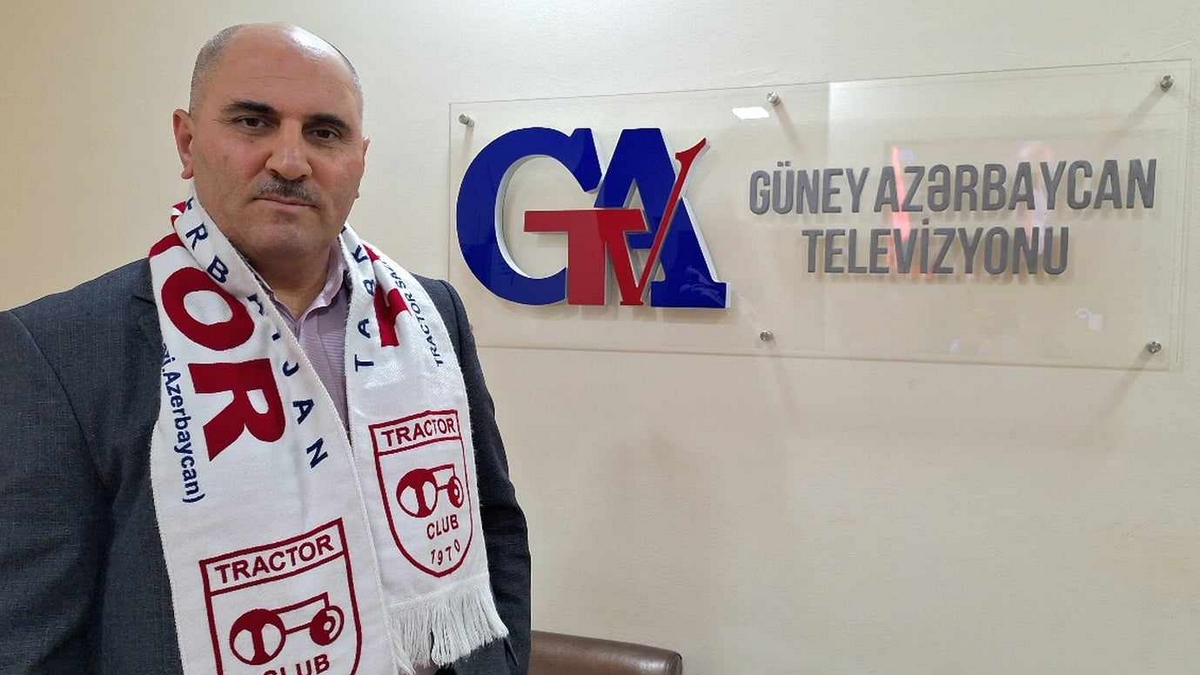
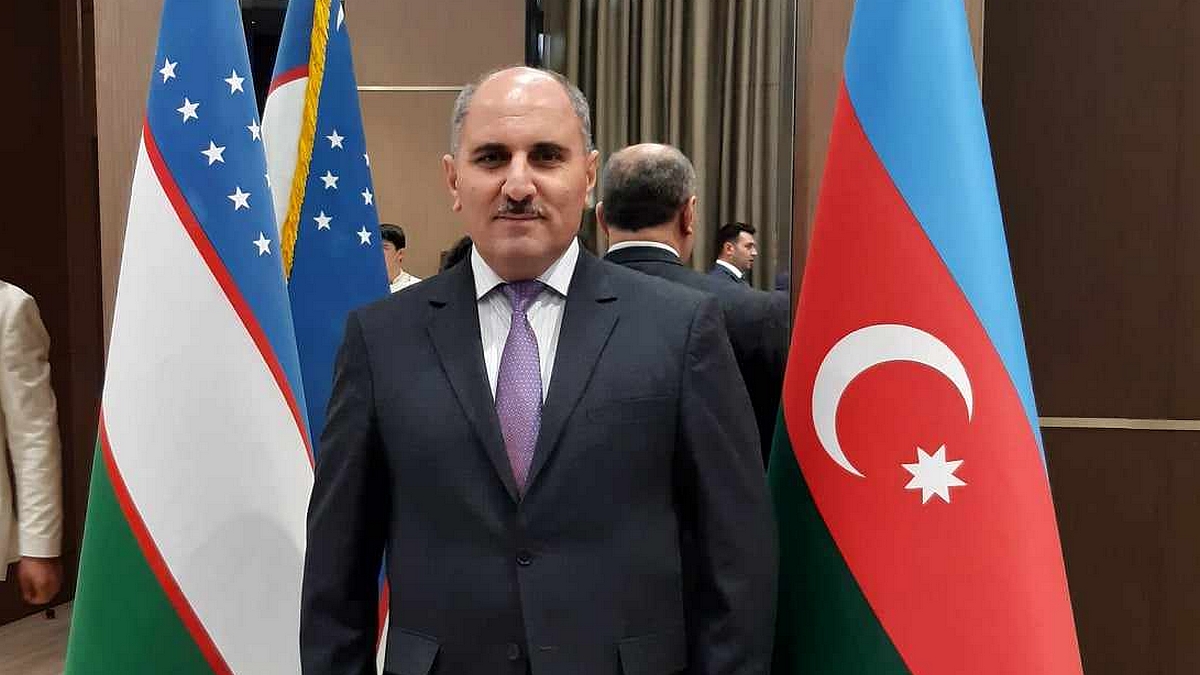
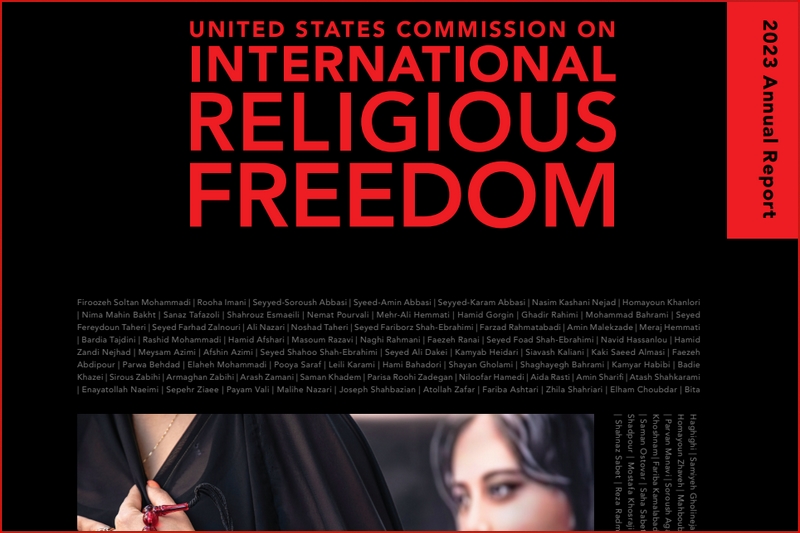

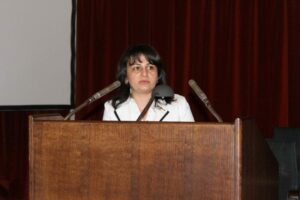
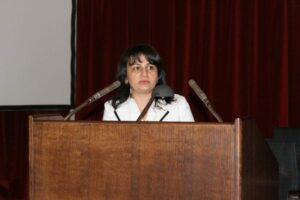
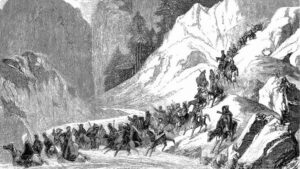
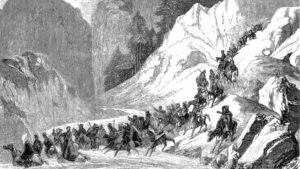
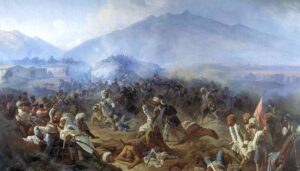
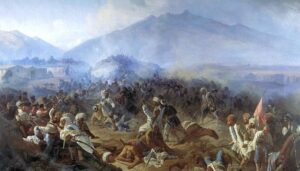 Russia’s interest in the Caucasus was built during the reign of Ivan the Terrible. But the unfolding socio-political processes in Russia at the end of XVI and the beginning of XVII centuries did not allow the upstream development of Caucasus policy of Romanov Russia. XVII century was a turning point in the East-West confrontation. Post-Karlovitsk rubicon changed the foundations of the international system of the continent. The Emperor-reformer – Peter I, abandoning the stagnation positions of the Old Rus, joined Europe in order to strengthen Russia’s position in the international system, launching a policy of conquest.
Russia’s interest in the Caucasus was built during the reign of Ivan the Terrible. But the unfolding socio-political processes in Russia at the end of XVI and the beginning of XVII centuries did not allow the upstream development of Caucasus policy of Romanov Russia. XVII century was a turning point in the East-West confrontation. Post-Karlovitsk rubicon changed the foundations of the international system of the continent. The Emperor-reformer – Peter I, abandoning the stagnation positions of the Old Rus, joined Europe in order to strengthen Russia’s position in the international system, launching a policy of conquest.